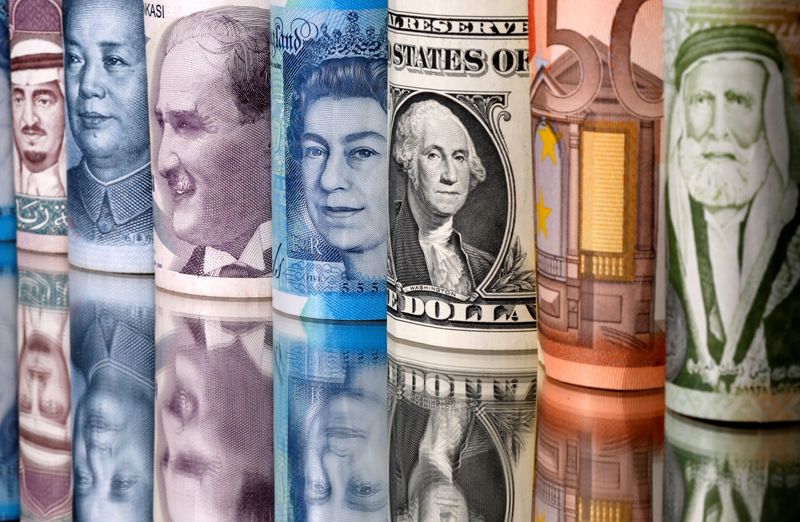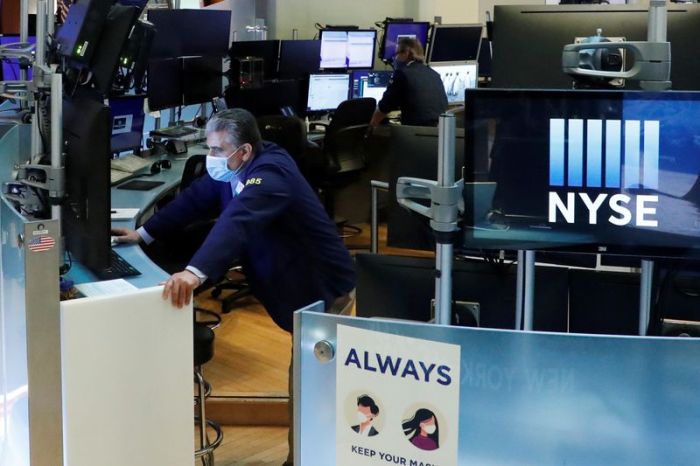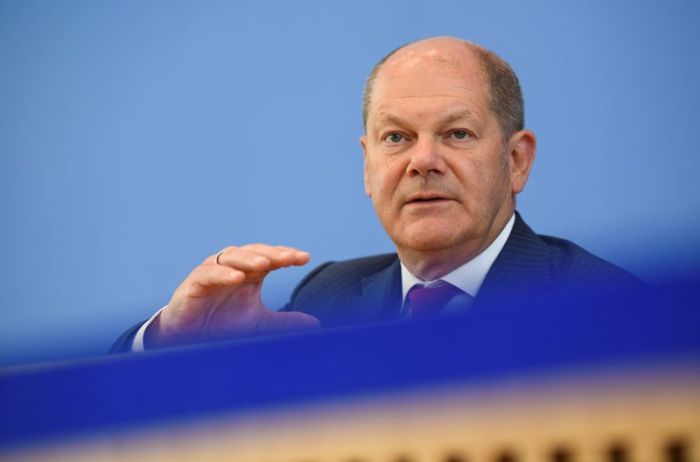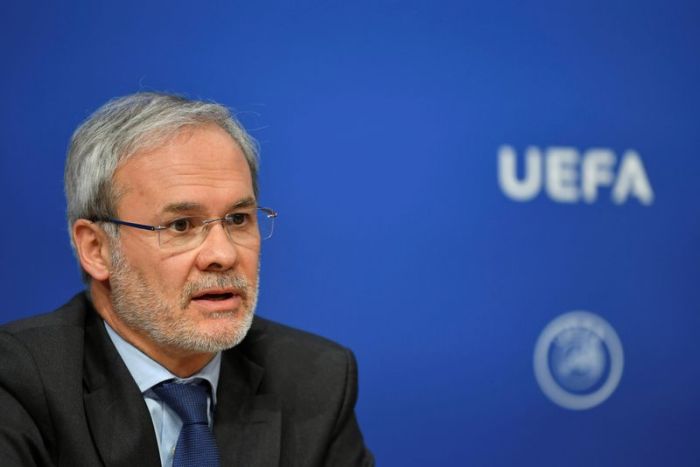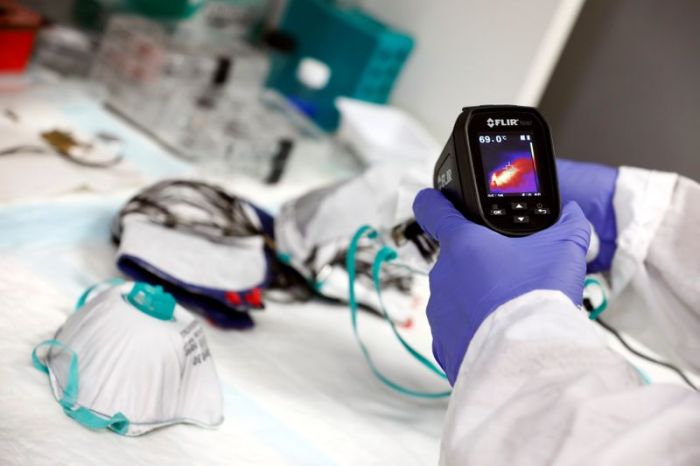NEW YORK (Reuters) – The U.S. dollar was slightly higher on Wednesday afternoon as evidence of a surge in coronavirus cases in some U.S. states and in Beijing sent investors into safe-haven assets.
The dollar index was up 0.140% to 97.121 and stronger versus the euro by 0.25% to $1.124. Against other traditional safe-havens the dollar was weaker, down 0.28% against the Japanese yen and down 0.23% against the Swiss france.
“Mixed risk-taking levels, largely driven by a surge in virus cases in several U.S. states, and in Beijing, have prompted some save-haven dollar buying,” wrote analysts at Action Economics.
On Wednesday a record number of cases were reported in Oklahoma. Florida reported over 2,600 new cases and Arizona more than 1,800 – the second-highest daily increase for both states. A day earlier, six states reported record increases in cases, including Texas, Nevada and Oregon.
Earlier Wednesday Beijing cancelled scores of flights, shut schools and blocked off some neighborhoods as it ramped up efforts to contain a coronavirus outbreak that has fanned fears of wider contagion.
Gains in the dollar were capped by some bullish sentiment after Federal Reserve Chair Jay Powell in remarks before U.S. lawmakers beat the drum for more government aid to bolster the domestic economy.
“We at the Fed need to keep our foot on the gas until we are really sure we are through this, and that’s our intention, and I think you may find that there’s more for you to do as well,” Powell said in testimony via a video link to the U.S. House of Representatives Financial Services Committee.
The dollar index has recovered from a three-month low last week, but the outlook for the currency looks weak as U.S. economic data has begun to recover and stock indexes have soared.
“The broad dollar outlook remains negative as investors are cutting back on some of the extreme tail risk hedging bets in the markets, some of which were buying dollars,” said Ilan Solot, a currency markets strategist at Brown Brothers Harriman.
(Reporting by Kate Duguid in New York and Saikat Chatterjee in London; editing by Jonathan Oatis and Tom Brown)

